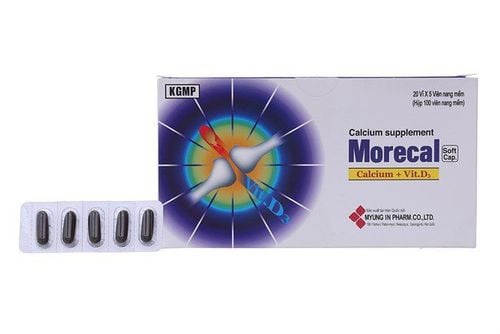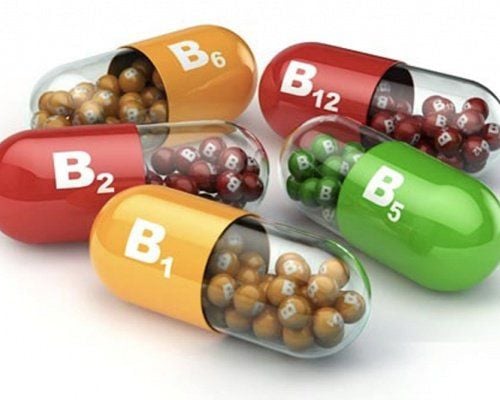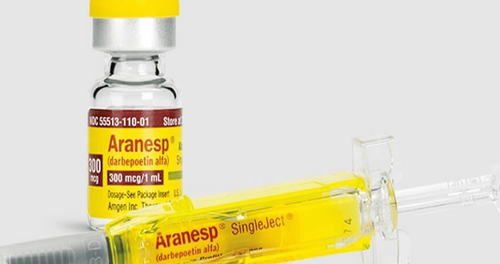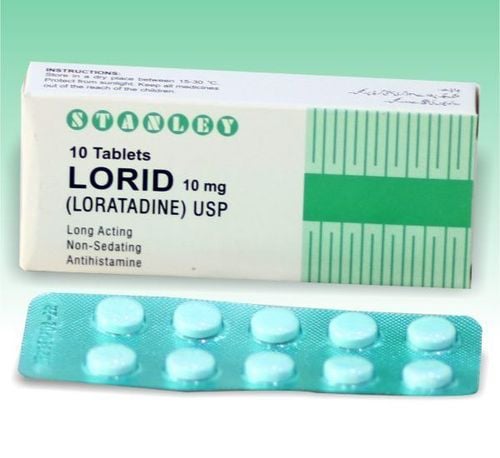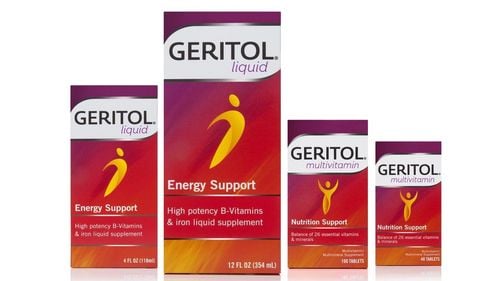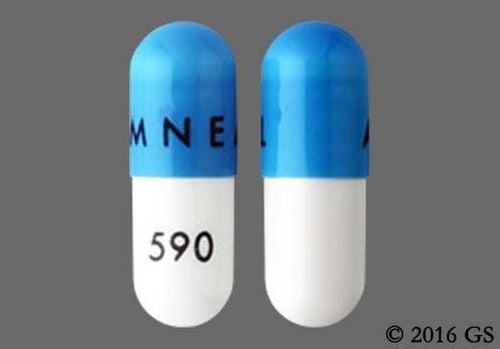This is an automatically translated article.
Choosing the right foods for your dialysis diet can make a difference in how you feel and make treatment more effective. So what is the best food for hemodialysis people?1. Nutrition for people on hemodialysis
For hemodialysis patients, between dialysis treatments, waste can build up in the blood. To reduce this accumulation of waste can be done by controlling the diet and applying daily exercise.
Why, at this stage, nutrition for hemodialysis people plays an important role. Some foods cause waste to build up quickly between your dialysis sessions. If there are too many waste products in the blood, then kidney treatment may not get rid of them all.
2. Things to keep in mind when planning nutrition for hemodialysis patients
You will need to carefully plan your meals and keep track of how much fluid you eat and drink. This helps to limit or avoid foods and drinks that are high in: potassium, phosphorus, sodium, for example, vegetable juices and sports drinks
The purpose of this is to help you get to know who is on dialysis what to eat. Besides, to monitor and limit the amount of liquid you eat and drink. Excess fluid can build up in the body causing a few conditions such as:
Swelling and weight gain between dialysis sessions Changes in blood pressure The heart works harder, which can lead to serious heart disease Accumulation fluid in the lungs makes it hard to breathe Hemodialysis is meant to help remove excess fluid from the body, however, hemodialysis can only remove so much fluid at a time in a safe way. If you go to dialysis with too much fluid in your body, the treatment can make you feel tired, muscle cramps, or a sudden drop in blood pressure that makes you feel dizzy or sick.
One of the ways to limit fluid intake is to eat foods that are low in salt every day. Salt makes you thirsty, so you'll drink more. Also avoid salty foods like chips and cookies.

Chế độ dinh dưỡng đóng vai trò vô cùng quan trọng với sức khỏe người chạy thận
2.1 What foods are considered liquids Liquid foods at room temperature, such as soups, contain water. Gelatin, pudding, ice cream, and other foods that are high in liquid in the recipe also count. Most fruits and vegetables contain water, such as melons, grapes, apples, oranges, tomatoes, lettuce, and celery. When looking at how much fluid you consume in a day, remember to count these foods.
3. Dry weight
Dry weight is your weight after hemodialysis has removed all the extra fluid from your body. Controlling fluid intake will help you maintain an appropriate dry weight. If too much fluid builds up between training sessions, it will be difficult for the body to achieve the desired weight.4. Some notes on nutrients for hemodialysis patients
4.1. Potassium Healthy kidneys keep the right amount of potassium in the blood so that the heart beats at a steady rate. Potassium levels can increase between hemodialysis sessions and affect your heart rate. Eating too much potassium can be dangerous for the heart and even death.
To control potassium levels, limit potassium-rich foods like avocados, bananas, kiwis and dried fruits. Choose fruits and vegetables with less potassium. Eat a very small portion of foods high in potassium, such as a cherry tomato or two in your salad or a handful of raisins in your oatmeal.
You can remove some of the potassium from potatoes by dicing or chopping them, then boiling them in a full pot of water.

Người chạy thận hãy hạn chế những thực phẩm từ bơ, chuối, kali
4.2. Phosphorus Too much phosphorus in the blood can strip calcium from the bones, which in turn can make your bones weak and brittle. Patients should limit phosphorus supplements, because some foods contain phosphorus such as: poultry, fish, nuts, peanut butter, beans, cola, tea and dairy products. Normally, people on dialysis should only drink 1/2 cup of milk per day. You should be careful to eat enough protein, but not too much.
You may need to take a phosphate binder such as sevelamer (Renagel), calcium acetate (PhosLo), lanthanum carbonate (Fosrenol) or calcium carbonate to control blood phosphorus between hemodialysis sessions. Phosphorus binders attach phosphorus to food and move it out through the stool so the phosphorus doesn't enter the bloodstream.
4.3. Protein Most people on dialysis are recommended by a dietitian to eat high-quality proteins, as they produce less waste to remove during dialysis. High-quality protein comes from meat, poultry, fish and eggs. Avoid processed meats such as hot dogs and canned peppers, which are high in sodium and phosphorus.
Try to choose lean or low fat, low phosphorus meats, such as chicken, fish or roast beef. If you're a vegetarian, ask about other ways to get protein.
Low-fat milk is a rich source of protein. However, milk is high in phosphorus and potassium. Milk also adds to your fluid intake. That's why it's important to talk to a dietitian to see if milk fits into a food plan.
4.4. Sodium Sodium part of salt. Sodium is found in many canned, packaged, frozen, and fast foods. Sodium is also found in many spices and meats. Too much sodium makes the body thirsty and drink more water.
Try to eat fresh foods that are naturally low in sodium. Look for products labeled low in sodium, especially canned and frozen foods.
Do not use salt substitutes as they contain potassium. It is best to discuss further with your doctor and nutritionist. A dietitian can help you find spice mixes that don't have sodium or potassium.
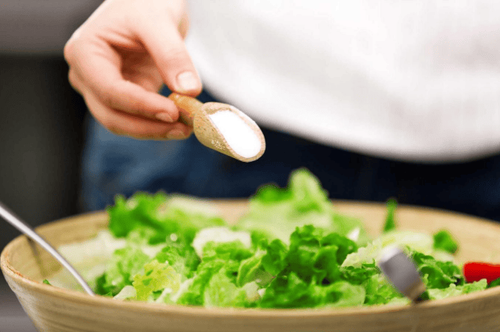
Ăn quá nhiều natri khiến cơ thể khát và uống nhiều nước hơn.
4.5. Calories All foods contain calories and you need calories to provide energy. Many people on dialysis don't have an appetite and don't get enough calories. If you don't feel like eating, talk to your doctor about ways to add healthy calories to your daily diet. Vegetable oils such as: olive oil, canola oil and safflower oil, ... all provide abundant calories. However, only use them on bread, rice, and noodles if your kidney dietitian tells you to add calories to your diet.
Butter and margarine are very high in calories, however, they are mostly saturated fat. Saturated and trans fats can clog your arteries.
Hard candies, sugar, honey, jams, jellies provide calories and energy without fat or other additions to the body. If you have diabetes, be aware of the use of sweets in your diet.
Everyone's calorie needs are different. You may need to cut calories if you're overweight, or you may need to add calories to your diet if you're losing weight without trying.
4.6. Vitamins and minerals You may not be getting enough vitamins and minerals in your diet because you have to avoid many foods. Furthermore, hemodialysis also removes some vitamins from the body. Your doctor may prescribe vitamin and mineral supplements specifically designed for people with kidney failure.
Nutrition always plays a very important role when it directly affects the process of treatment and recovery of the patient's health. That is also the reason why patients should consult with specialists before starting to maintain a certain diet.
In addition to nutrition for hemodialysis people, the quality of filtration is an important thing that every patient needs to pay attention to. Currently, Vinmec International General Hospital is operating the new generation HDF online 5008S hemodialysis machine system. Running the machine helps patients stabilize blood pressure, avoid complications of beta-microglobulin deposition and especially no longer feel itching, joint pain, pain in limbs...
This is an advanced treatment direction. help patients improve their health. To understand more about the examination and treatment process, you can contact the hospital for more specific advice.
Please dial HOTLINE for more information or register for an appointment HERE. Download MyVinmec app to make appointments faster and to manage your bookings easily.
Reference source: niddk.nih.gov



